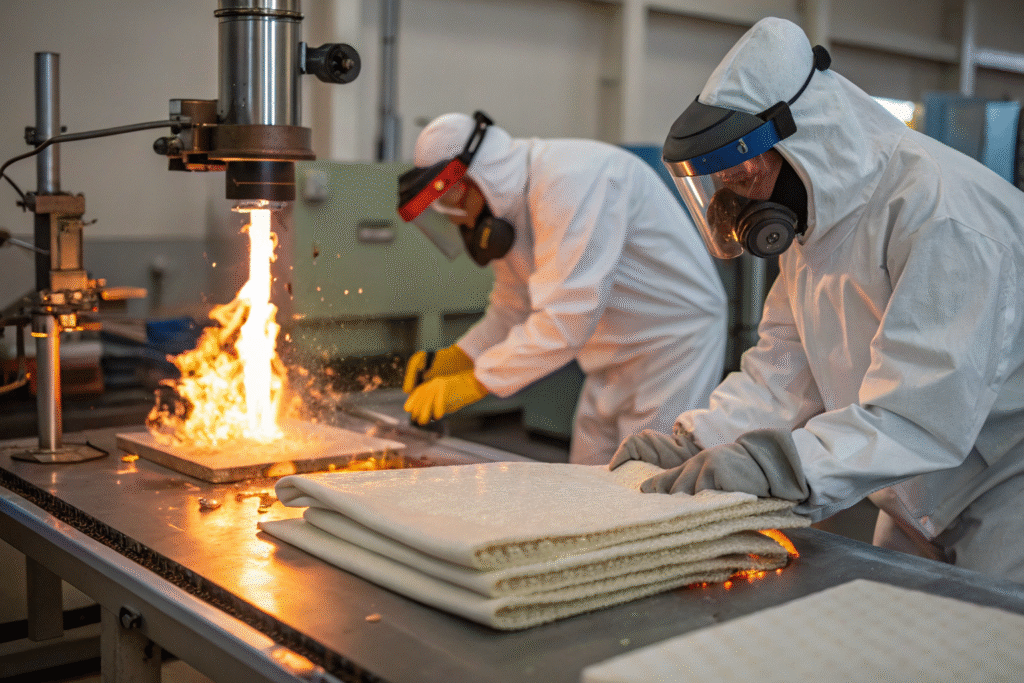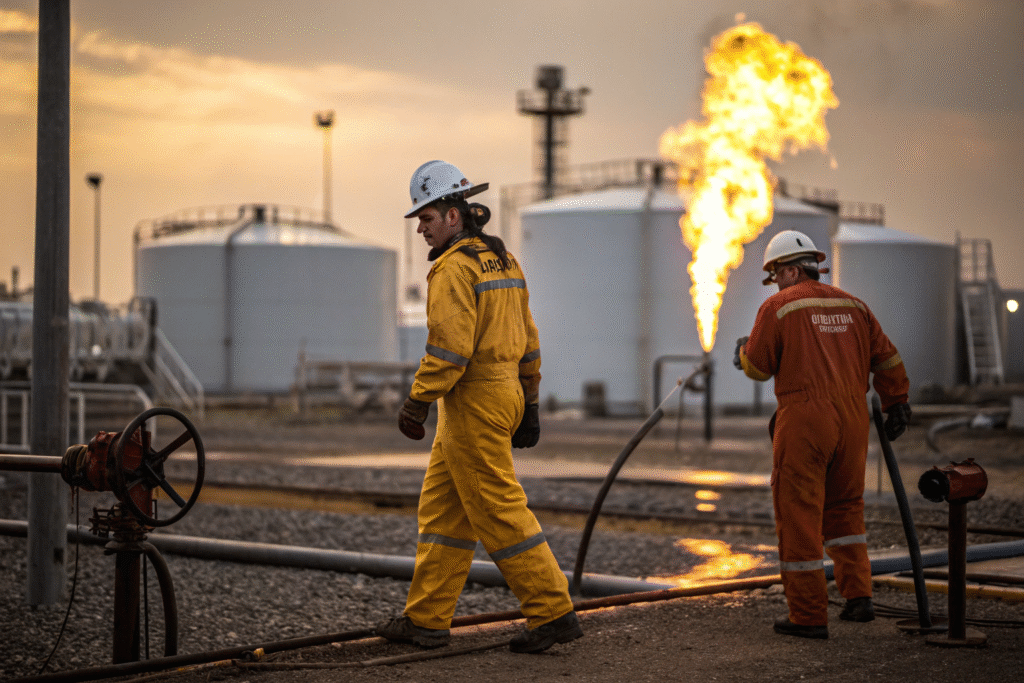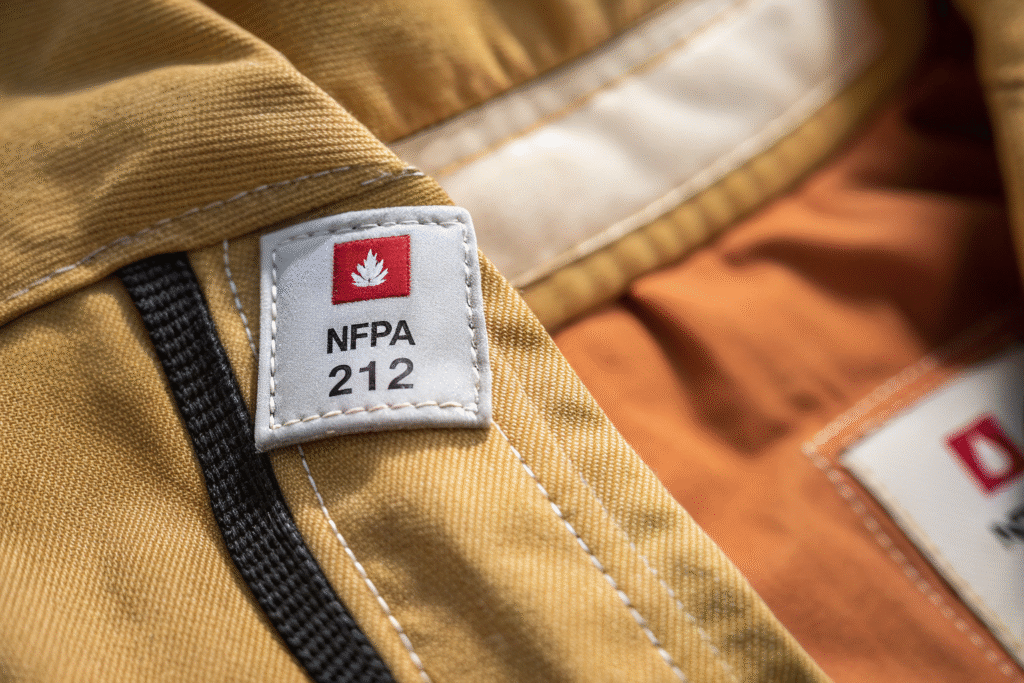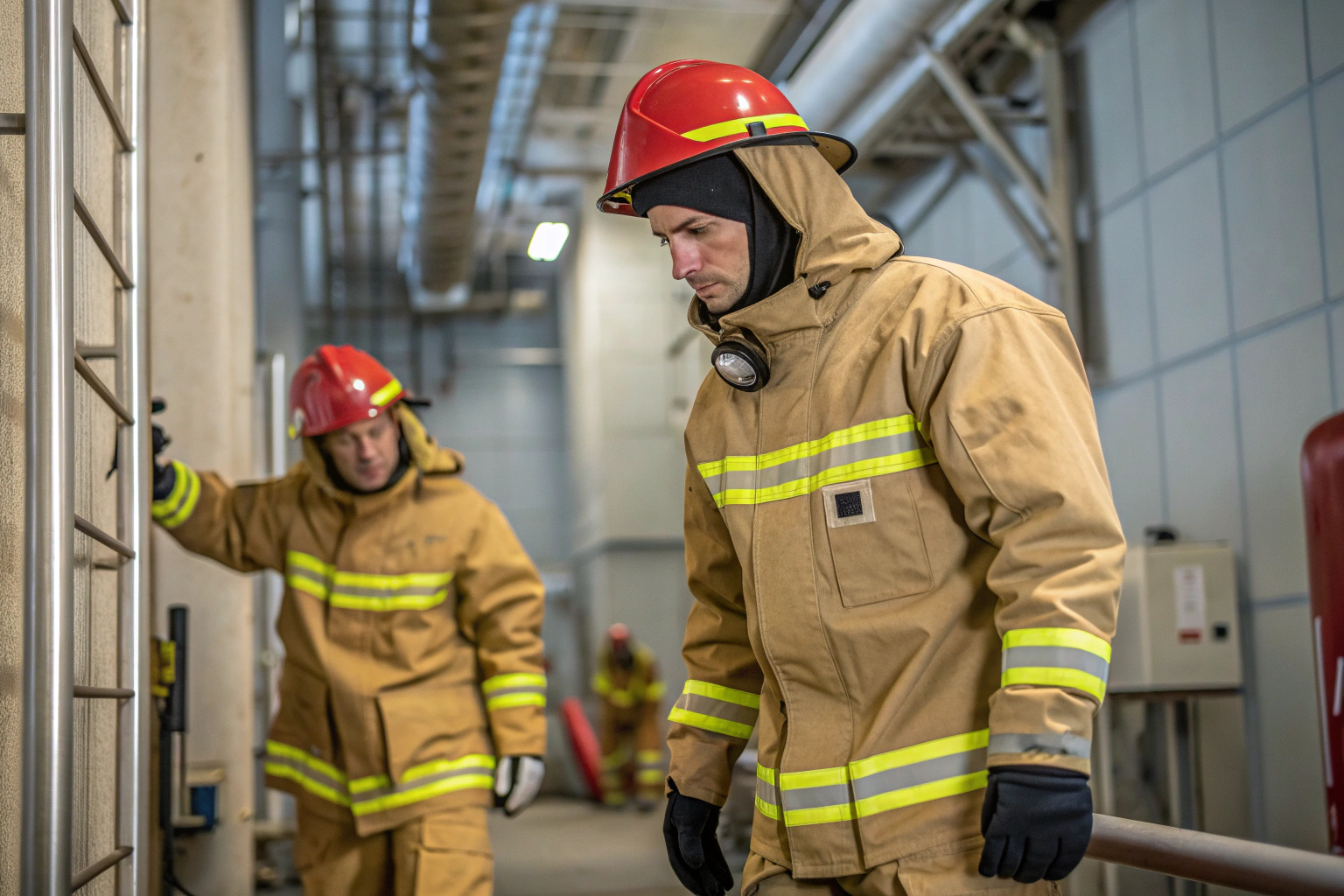In today’s industrial landscape, safety regulations are not just guidelines—they are lifesaving measures. When it comes to protecting workers from flash fires, NFPA 2112 certification is the gold standard. It is the benchmark for flame-resistant (FR) garments, especially in high-risk sectors like oil and gas, chemical processing, and manufacturing. Without it, even the most durable fabric may fail to protect workers in a critical moment.
NFPA 2112-certified fabrics ensure that garments meet stringent performance requirements, reducing burn injury risks. This certification is not optional—it is a safeguard that protects lives, maintains compliance, and preserves a company’s reputation. Understanding its role is crucial for procurement managers, safety officers, and industrial buyers who want to avoid costly mistakes.
The following sections will guide you through what NFPA 2112 is, why it matters, how it impacts fabric selection, and the benefits for your company’s safety and bottom line.
Understanding NFPA 2112 Standards
NFPA 2112 sets the minimum requirements for the design, construction, testing, and certification of FR garments to protect industrial workers from flash fire hazards. Developed by the National Fire Protection Association, this standard is widely recognized across North America and increasingly adopted worldwide.
Certified garments must pass rigorous laboratory tests for thermal shrinkage, heat resistance, and ASTM F1930 manikin burn tests. Only fabrics and garments meeting these criteria can display the NFPA 2112 label.

What Does NFPA 2112 Certification Cover?
NFPA 2112 certification applies to every layer of protection—from the base fiber to the final garment. Tests evaluate flame resistance, thermal shrinkage, and durability after repeated laundering. You can find detailed testing procedures on the NFPA official website.
It also requires labeling and documentation to ensure traceability. This guarantees that industrial buyers can confirm the garment’s origin, performance, and compliance, much like the OSHA guidelines available on osha.gov.
How Often Should FR Fabrics Be Recertified?
NFPA 2112 is not a one-time check. Manufacturers must periodically retest their fabrics to maintain certification. This ensures that any new production batch meets the same safety standards. It aligns with international practices like those followed by the European Committee for Standardization (CEN), detailed at cen.eu.
Why Industrial Sectors Require NFPA 2112 FR Fabrics
Industries like oil and gas, electrical utilities, and chemical processing face daily flash fire risks. NFPA 2112-certified fabrics are mandatory in many regions because they have been tested to limit body burn to under 50% in a 3-second flash fire scenario.

Which Industries Enforce NFPA 2112 Compliance?
Sectors such as petrochemical refining, electrical maintenance, and pipeline operations often require NFPA 2112 certification by law or company policy. Detailed compliance requirements can be explored via American Petroleum Institute standards.
Even in regions without legal mandates, large corporations adopt these standards to reduce liability and enhance worker safety, similar to safety recommendations from the National Safety Council.
Can Non-Certified FR Fabrics Be Used Legally?
In some countries, non-certified FR fabrics can still be sold, but using them in hazardous environments could breach occupational safety laws. Such violations can lead to heavy fines and lawsuits, as reported by Safety+Health Magazine.
This is why global brands and industrial contractors avoid uncertified options, choosing NFPA 2112-certified suppliers instead.
How to Verify NFPA 2112 Certification When Sourcing Fabrics
Not all claims of “FR fabric” are equal. Buyers must verify certification before purchase to ensure compliance.

What Documentation Should Suppliers Provide?
Reputable suppliers will provide third-party test reports and NFPA 2112 compliance certificates. The verification process should be similar to checking SGS inspection reports as described at sgs.com.
You should also request batch numbers and production dates to ensure the fabric you are receiving matches the tested sample.
Are Online Claims of Certification Reliable?
Some online vendors display NFPA 2112 logos without actual certification. Buyers can verify authenticity by checking the NFPA 2112 compliance database available on UL Solutions or requesting official documentation. This reduces the risk of counterfeit or substandard FR materials.
Benefits of Partnering With NFPA 2112-Certified Fabric Suppliers
Working with certified suppliers like Fumao Fabric ensures product integrity, safety compliance, and long-term cost savings.

How Does Certification Impact Total Cost of Ownership?
While certified fabrics may have a higher unit price, they reduce replacement frequency and workplace accidents. Studies on Fire Safety Journal show that certified garments significantly extend service life, lowering total ownership costs.
Certified products also help avoid expensive lawsuits and regulatory fines.
Can Certification Improve Corporate Reputation?
Yes, demonstrating a commitment to certified safety standards can enhance brand reputation, as outlined in Harvard Business Review. Many clients prefer to work with suppliers who prioritize safety and compliance, which can translate into more business opportunities and stronger partnerships.
Conclusion
NFPA 2112 certification is not just a label—it is an assurance of safety, compliance, and reliability. For industries facing flash fire hazards, choosing NFPA 2112-certified fabrics can mean the difference between a near miss and a tragedy.
If you are ready to secure high-quality, NFPA 2112-certified FR fabrics for your industrial needs, contact Shanghai Fumao today. Work with our Business Director Elaine at elaine@fumaoclothing.com to discuss your project and receive expert sourcing guidance.










